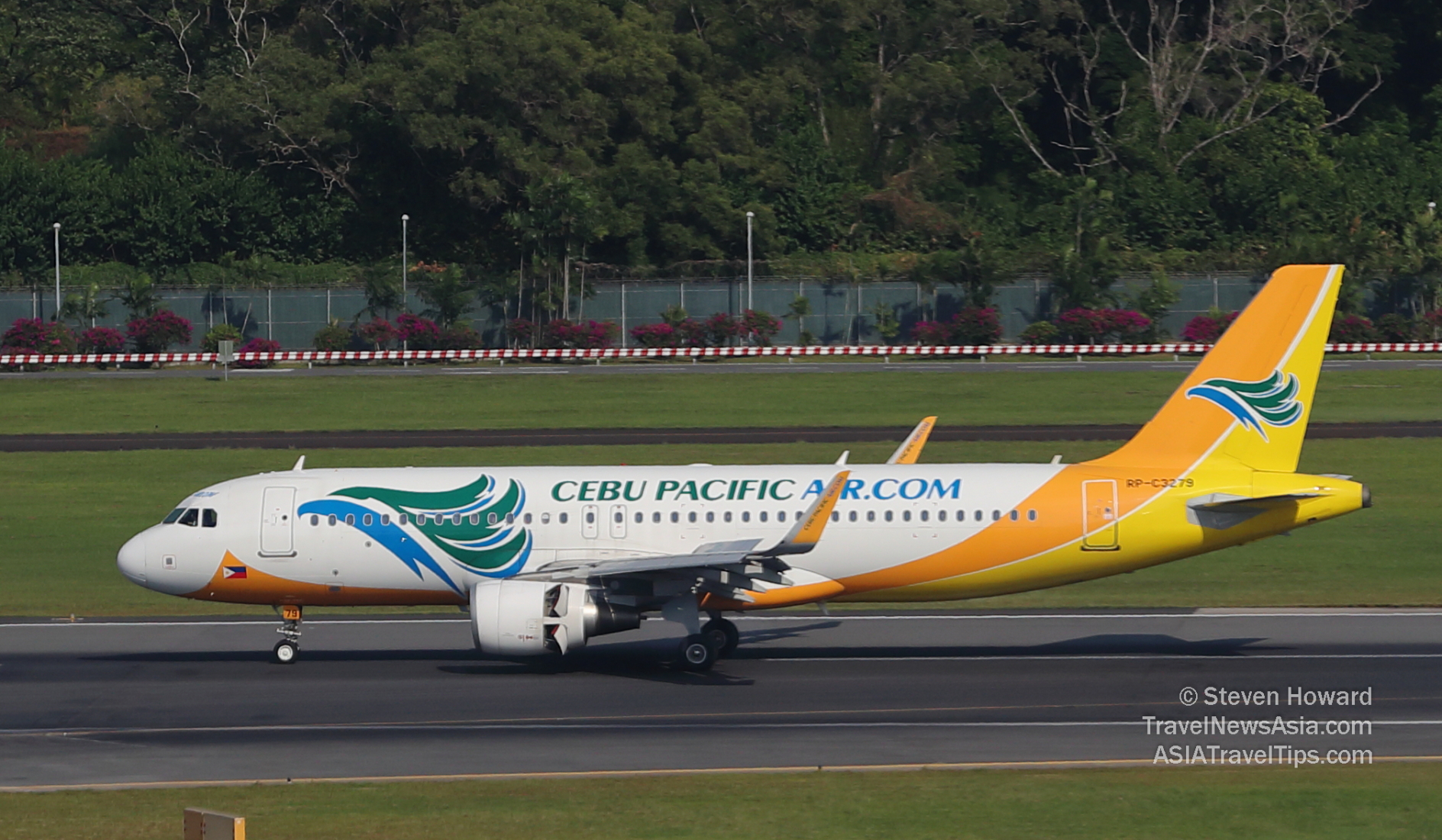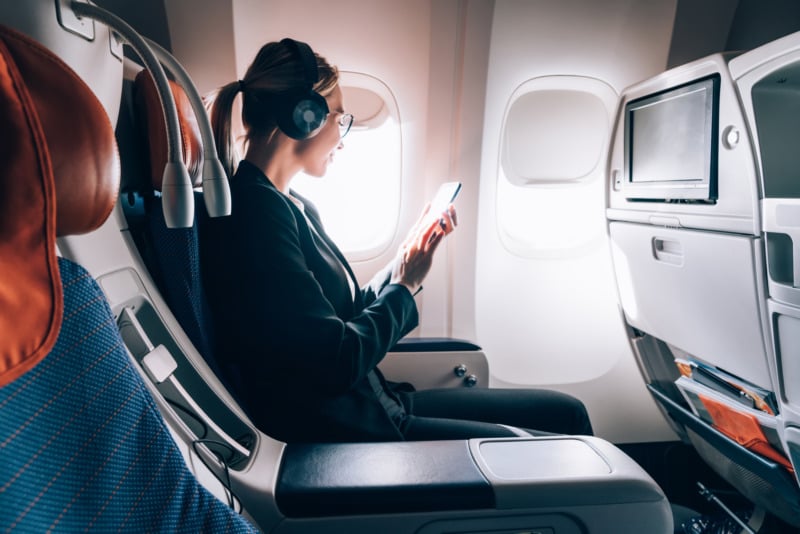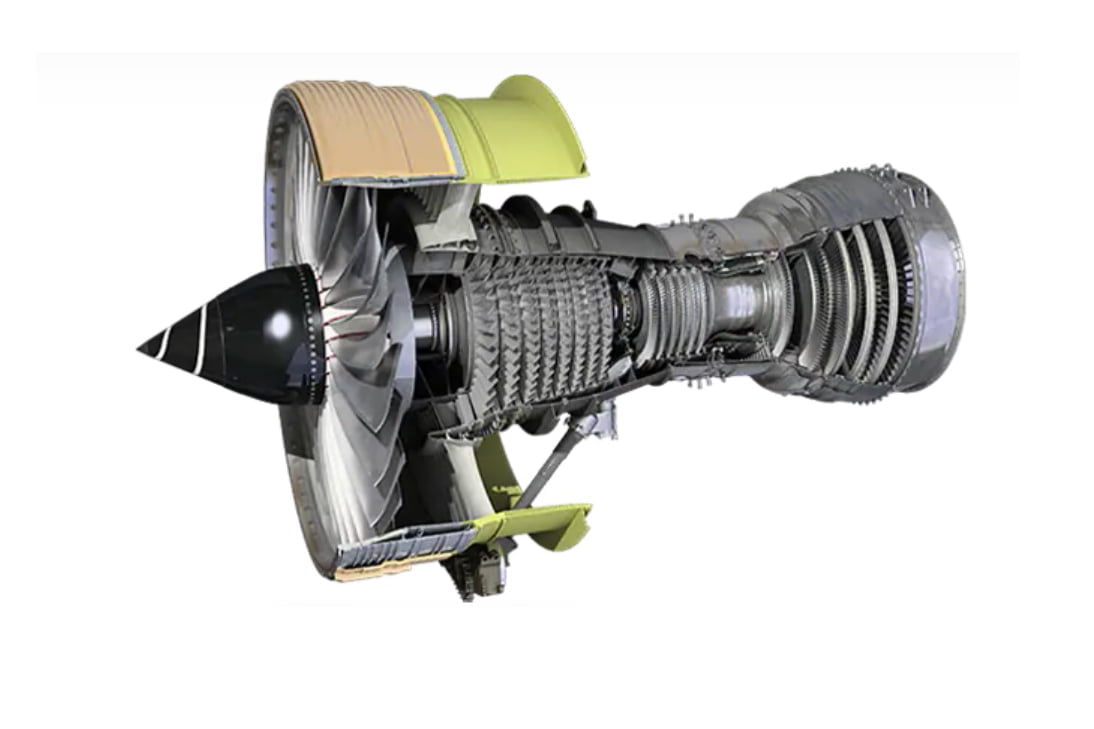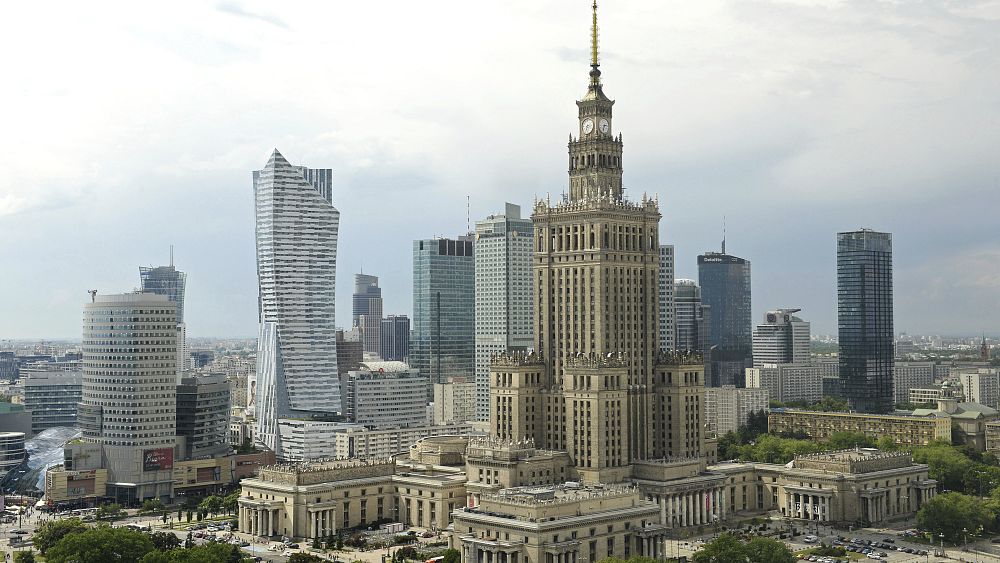Cebu Pacific now allows passengers who have
checked-in online to enter through a dedicated gate at Ninoy
Aquino International Airport Terminal 3 (NAIA T3) in Manila,
Philippines.
From the first entrance at the NAIA T3 Departures,
travellers who have completed their online check-in can go
straight to the boarding gates if they don’t need to process their
check-in bags. Online check-in is available via the Cebu Pacific
app and website.
Passengers who need to check-in their bags should
proceed to Cebu Pacific’s self-bag tag kiosks at Isle E, scan their
boarding passes at a machine, print and attach the tags on their
bags.
From there, domestic passengers can proceed to the online
check-in bag drop counters at E16-E29, while international
passengers can check the counters assigned to them on the flight
information monitors near Isles D and E.
Passengers who have not checked-in online
should enter through Gates 1 and 2 and use any of the check-in kiosks
located in between Isle D and E. They can also print their bag
tags and use the bag drop counters located between D16-D29 and
E1-E15.
Cebu Pacific also
operates a 24/7 help desk at its ticket office near NAIA T3 Arrival Gate 6.
“Our top priority at Cebu Pacific is to
ensure the safety and comfort of our passengers. As demand for air
travel picks up, we hope that these solutions will allow our
customers to travel more conveniently and reach their destinations
with ease,” said Lei Apostol, Cebu Pacific Vice President for
Customer Service Operations.
Manila International Airport Authority (MIAA) has
made a number of changes recently designed to provide a
more seamless travel experience for passengers including the removal of
the initial security check in all four NAIA terminals,
reassignment of some domestic and international flights to other
terminals, and the implementation of several digitalization projects.
“Our focus is to make sure that we will deliver the best service
to our riding public and to our fellow Filipinos. This supports
our overall goal to continuously enhance travel experience for all
passengers passing through the NAIA,” said Cesar Chiong, General
Manager, MIAA.
Cebu Pacific currently flies to 35 domestic and 25
international destinations, spanning across Asia, Australia and
the Middle East.
Cebu Pacific received its 10th Airbus 320neo (new
engine option) on 16 April, as part of the airline’s goal to
transition to a more fuel-efficient fleet by 2028.
The aircraft, which used sustainable aviation fuel
(SAF) to fly from the Airbus Delivery Center in Toulouse, France
to NAIA in Manila, is the
second of ten expected Airbus NEO deliveries scheduled for 2023.
“The delivery of our 10th A320neo aircraft,
powered by sustainable aviation fuel, highlights Cebu Pacific’s
commitment to become one of the greenest airline in Asia. We
continue to invest on these fuel-efficient NEO aircraft and
incorporate SAF in our operations,” said Alex Reyes, Cebu Pacific
Chief Strategy Officer.
SAF is a drop-in fuel, with similar
characteristics as conventional jet fuel. It does not require any
adaptations to the aircraft or engines and does not have any
negative impact on performance. The use of SAF results in a reduction
of up to
80% in carbon emissions across the fuel’s lifecycle.
The airline is expecting
to take delivery of eight more Airbus NEO aircraft this year: one A320neo,
three A321neo and four A330neo.
Cebu Pacific’s fleet currently comprises of 30 A320s, 17
A321s, 5 A330s and 16 ATRs.




